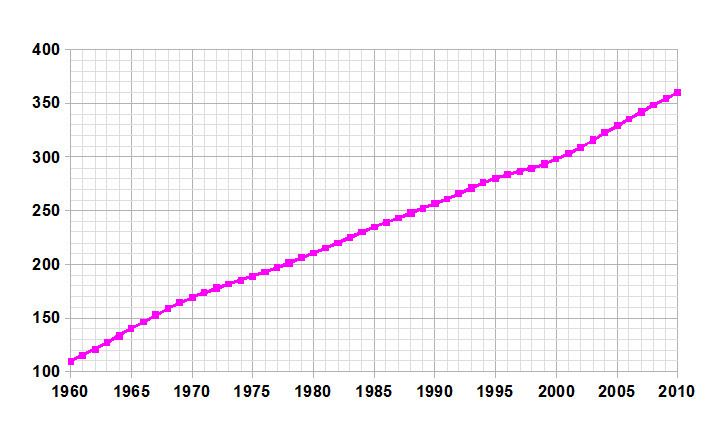 | ||
This article is about the demographic features of the population of the Bahamas, including population density, ethnicity, education level, health of the populace, economic status, religious affiliations and other aspects of the population.
Contents
- Map of The Bahamas
- Structure of the population
- The World Factbook demographic statistics
- Population
- Languages
- Ethnic groups
- Religions
- References
Map of The Bahamas
Eighty-five percent of the Bahamian population identifies as being primarily of African heritage. About two-thirds of the population lives on New Providence Island (the location of Nassau), and about half of the remaining one-third lives on Grand Bahama (the location of Freeport).
The islands were sparsely settled and a haven for pirates until the late 18th century, when thousands of British Loyalists were given compensatory land grants following the American Revolution. Many new settlers were from the Southern United States and brought slaves with them to cultivate plantations. At the turn of the 20th century, the total population was 53,000.
School attendance is compulsory between the ages of five and 16. There are 158 public schools and 52 private schools in the Bahamas catering to more than 66,000 students. The College of the Bahamas, established in Nassau in 1974, provides programmes leading to associate's degrees and bachelor's degrees; the college is now converting from a two-year to a four-year institution.
Structure of the population
Structure of the population (01.07.2013) (estimates):
The World Factbook demographic statistics
The following demographic statistics are from The World Factbook, unless otherwise indicated
